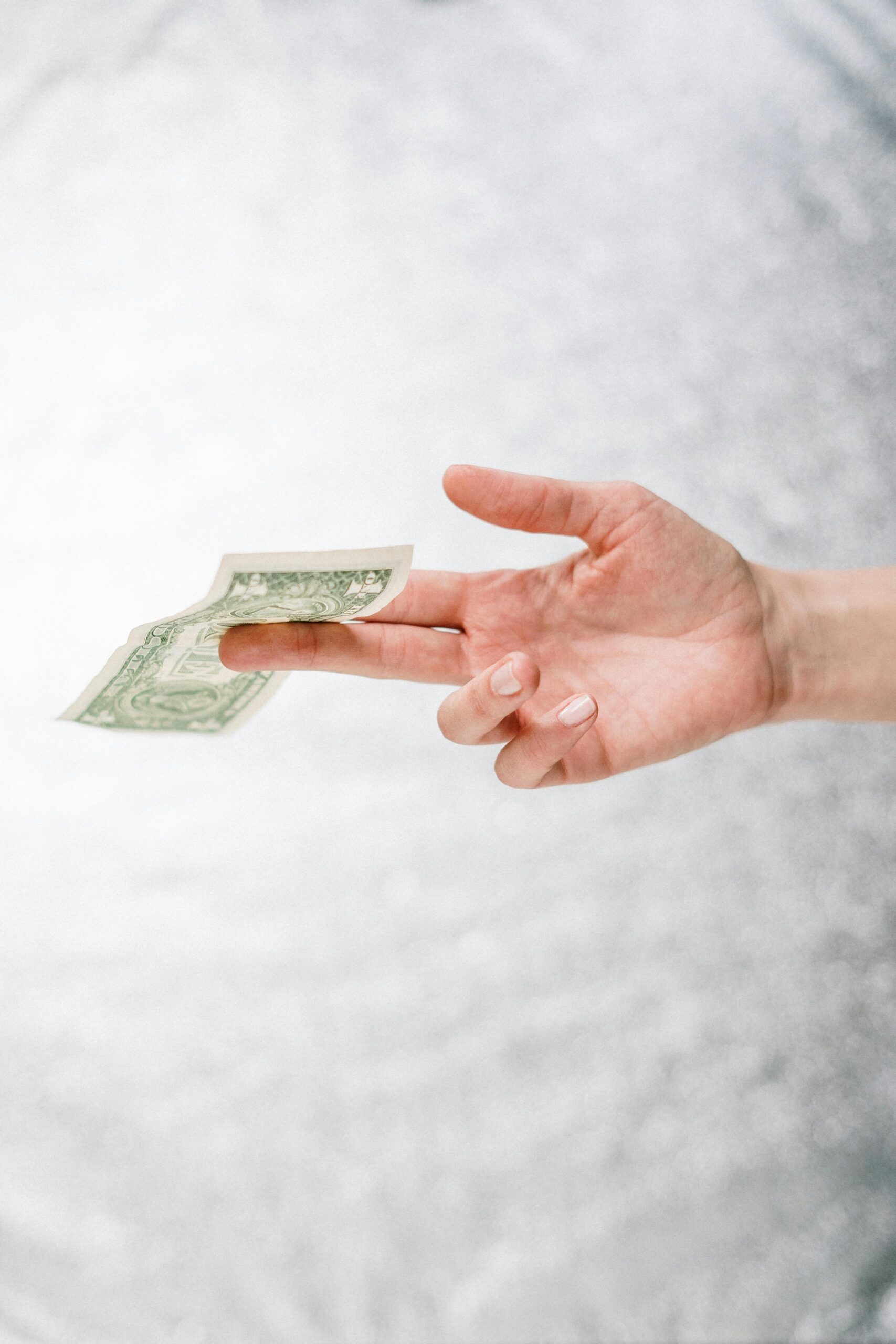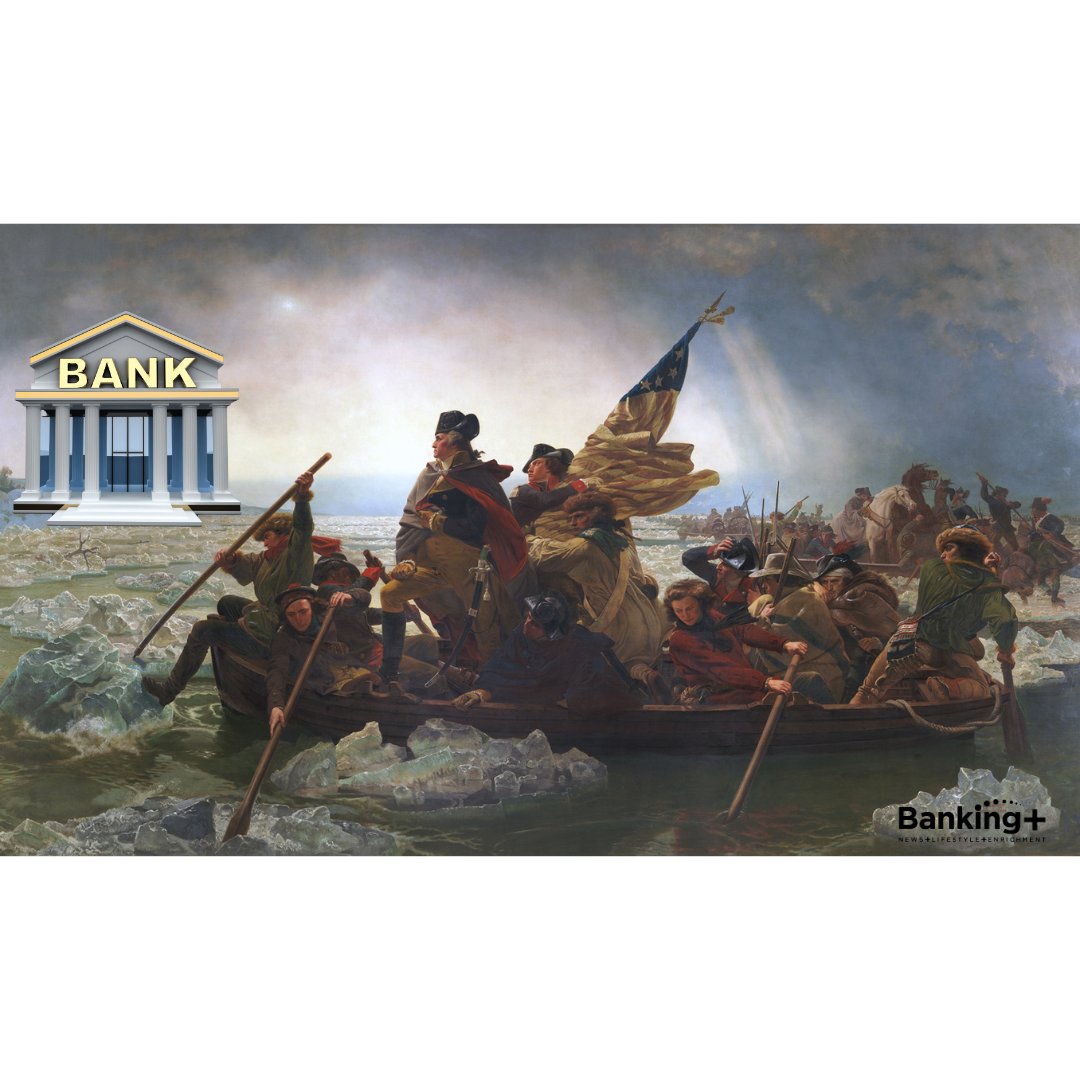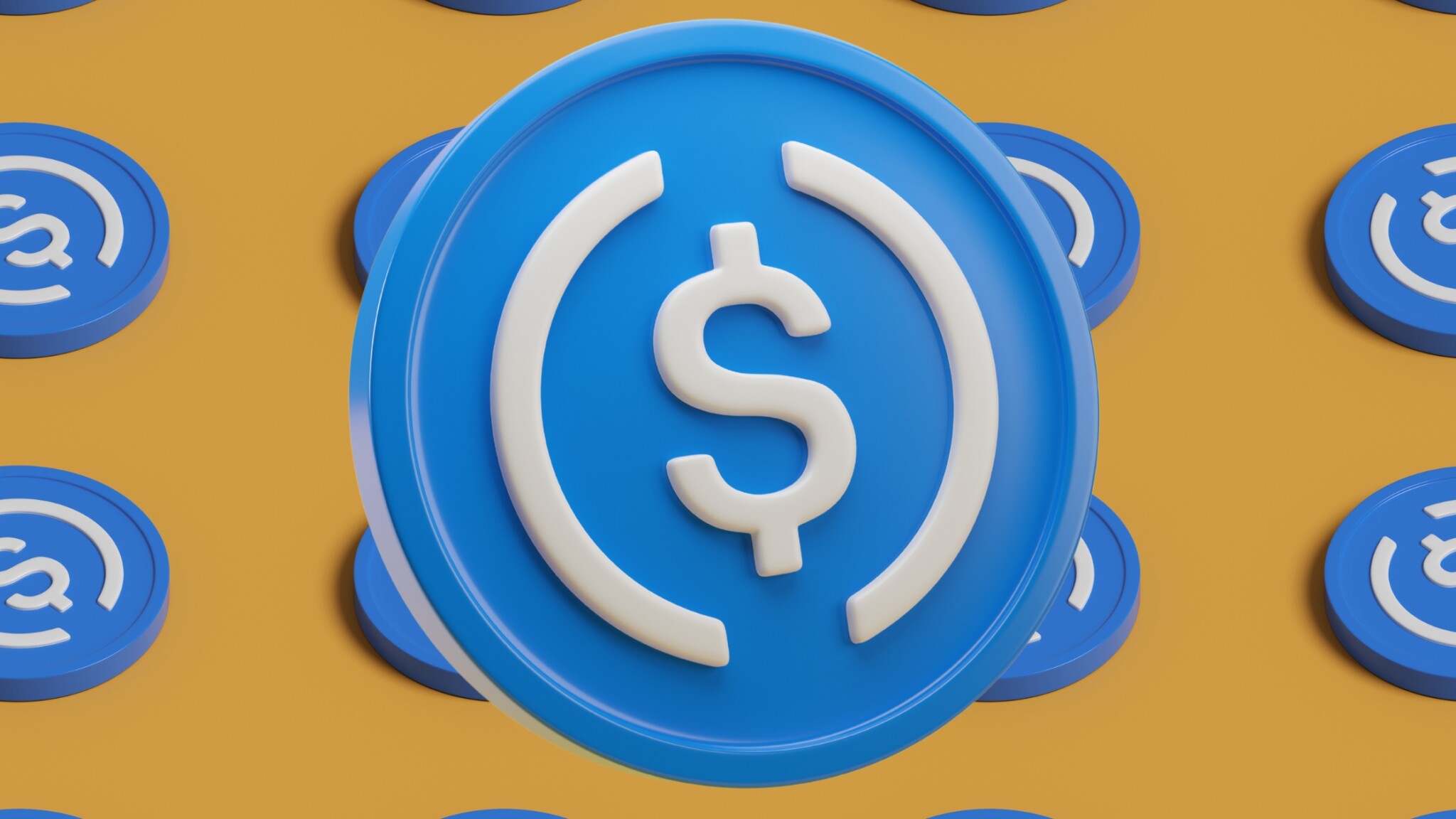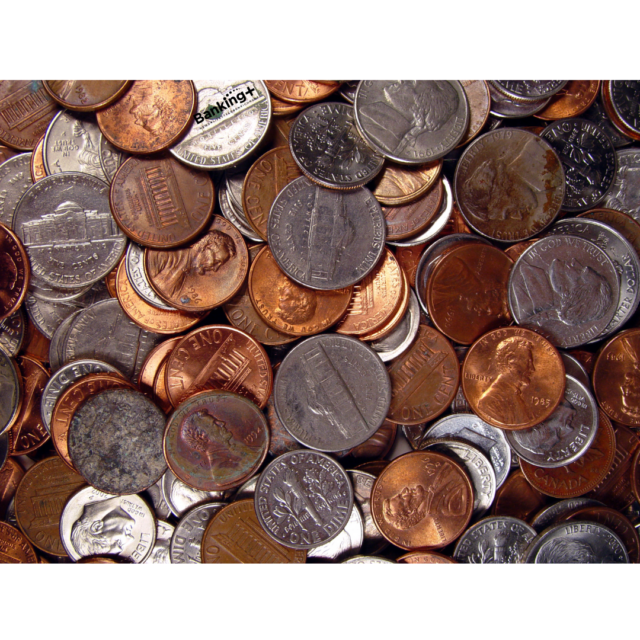The $1 bill, a ubiquitous and enduring symbol of American currency, is often overlooked, despite its rich history and fascinating details. From its origins to its distinct design and components, the $1 bill has become an essential part of everyday transactions, yet it also reflects the durability and ingenuity embedded in U.S. monetary practices.
The Evolution of the $1 Bill’s Design
The $1 bill made its first official appearance as legal tender in the U.S. in 1862, during the Civil War, as the government sought ways to finance the war effort without relying solely on coins. The early $1 bill featured a portrait of Salmon P. Chase, the Secretary of the Treasury under President Abraham Lincoln. It wasn’t until 1869 that George Washington, the nation’s first president, appeared on the $1 bill, a design decision that has remained largely unchanged since.
The modern era of the $1 bill began in 1963, when the Federal Reserve issued it in its current form. This historical consistency is significant, considering that other denominations have undergone several redesigns over the decades to enhance security features and thwart counterfeiting.
The Symbolic Meaning of the Great Seal on the $1 Bill
One of the most notable aspects of the $1 bill is its relatively unchanged design. The obverse side, featuring George Washington, has remained the same since 1963, and the reverse side, which displays the Great Seal of the United States, has remained unchanged since 1935.
The reverse side of the bill is particularly symbolic, featuring the Great Seal’s eagle and pyramid, along with the Latin phrases “E Pluribus Unum” and “Annuit Coeptis.” These elements have long been associated with the American ideal of unity and divine favor for the country’s undertakings.
Despite its iconic status, the $1 bill has never undergone significant changes to include advanced security features like color-shifting ink or holograms, which are present on higher denominations. This is largely due to the lower value of the bill, which makes it less attractive to counterfeiters.
The Durability of the $1 Bill
While commonly referred to as “paper money,” the $1 bill is far from ordinary paper. It is composed of a blend of 25 percent linen and 75 percent cotton, imbuing the bill with distinct texture and durability. This blend was specifically chosen to make the bills resistant to wear and tear, and the components have proven quite effective. The $1 bill can be folded approximately 4,000 times before it starts to rip. This durability is essential given the bill’s frequent use in everyday transactions.
The Lifespan of a $1 Bill
On average, a $1 bill circulates for about 6.6 years before it is replaced. This lifespan is shorter than higher denominations like the $50 and $100 bills, which can last over a decade, owing to less frequent use. According to the Federal Reserve, about two billion $1 bills are taken out of circulation and destroyed each year due to their gradual deterioration.
Even after they have outlived their usefulness as legal tender, these bills don’t simply disappear. Worn-out bills are shredded and often recycled into products like insulation, roofing materials, and even compost. This recycling process underscores a broader trend toward sustainability in currency production, reflecting the modern focus on environmental responsibility.
The $1 Bill’s Cultural Impact in America
The $1 bill holds a unique place in American culture, transcending its function as currency. It has become a symbol of everyday transactions, often seen as a marker of simplicity and modesty. However, it also embodies resilience—both in terms of its physical durability and its lasting design. The bill’s simple yet significant place in American life has made it a subject of interest, from being the focus of historical documentaries to its appearance in art and media.
Sources: Money magazine, Moneywise, Ribao Technology.



















